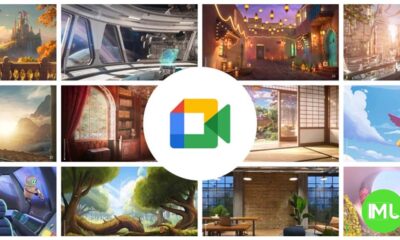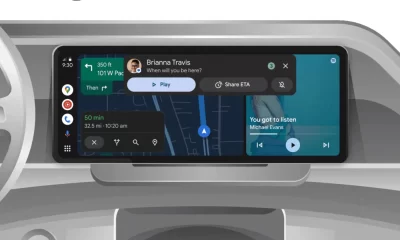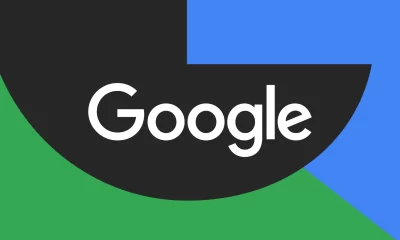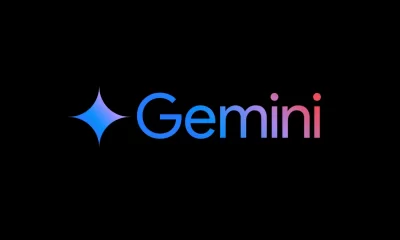YouTube’s “Play Something” button and Google’s Squid Game Surprise
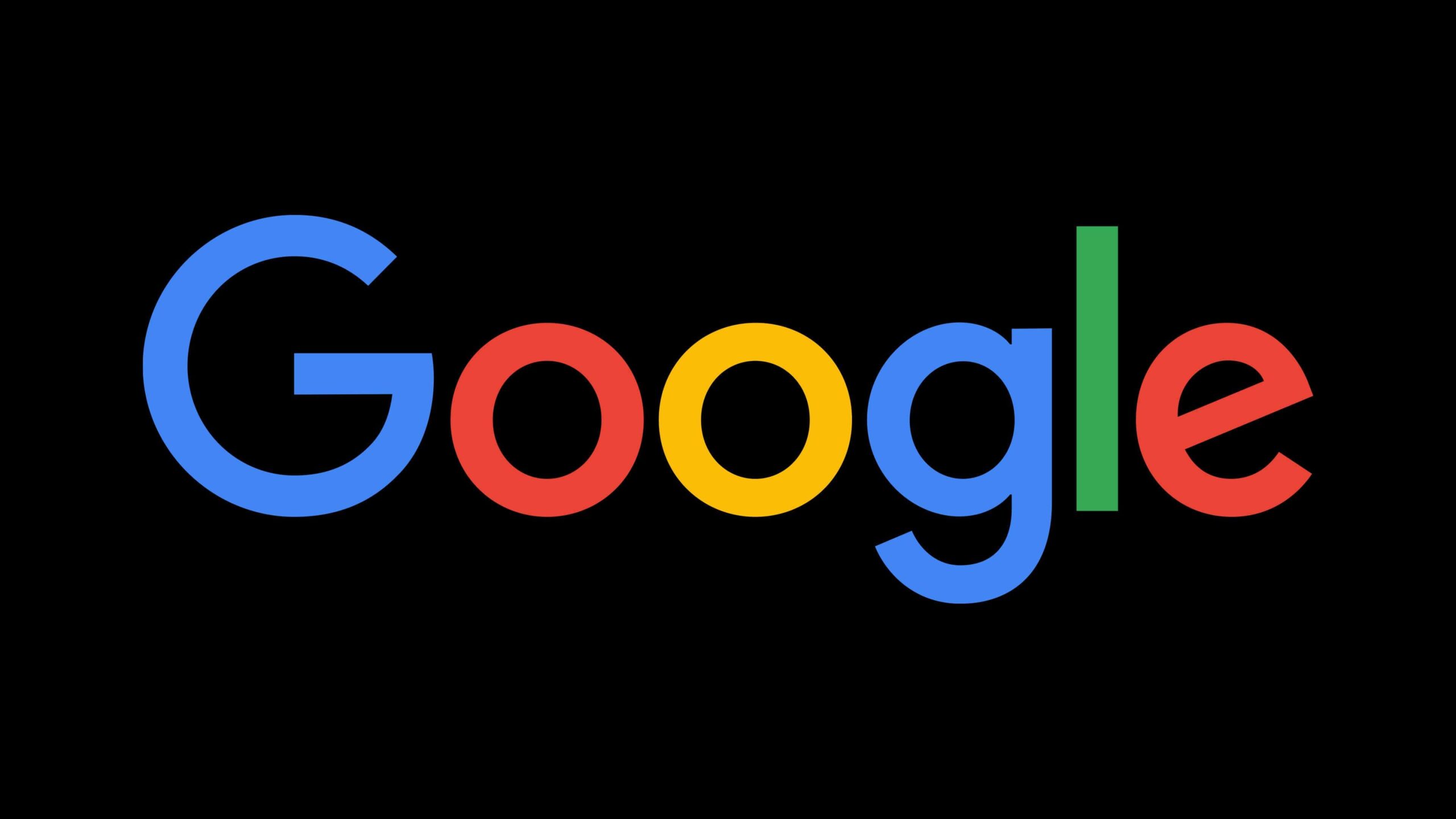
The digital landscape is constantly evolving, with platforms like YouTube and Google Search regularly introducing new features and interactive elements to enhance user experience. Recently, two intriguing developments have caught our attention: YouTube’s experimental “Play Something” button and Google Search’s clever Squid Game Easter egg. Let’s delve into these updates and explore their potential impact.
YouTube’s Foray into Spontaneous Content: The “Play Something” Button
YouTube, the undisputed king of online video, is known for its continuous efforts to refine its user interface and content discovery mechanisms. The latest experiment involves a “Play Something” Floating Action Button (FAB) for its Android app. This simple yet potentially powerful addition aims to streamline the process of initiating video playback, offering users a more spontaneous and effortless way to dive into content.
The “Play Something” FAB, as the name suggests, prompts the app to randomly select and play a video. Visually, it’s a stark white text on a black background, ensuring high visibility and easy access. Tapping this button launches a video within the Shorts player interface. However, this isn’t limited to short-form content. The feature also seamlessly integrates with regular videos, presenting them in the familiar portrait mode with large, easily accessible buttons for likes, dislikes, comments, and sharing positioned on the right. A timeline scrubber at the bottom allows for precise navigation within the video.
Interestingly, the “Play Something” button disappears when the miniplayer is active. This design choice prevents redundancy and maintains a clean interface. The use of a FAB is a deliberate design decision, aligning with Google’s Material Design principles and prioritizing core app functionality. This button directly addresses the primary purpose of YouTube: content consumption. It’s reasonable to assume that the selection algorithm behind “Play Something” takes into account individual viewing history and preferences, aiming to provide a personalized and engaging experience.
This feature isn’t entirely new; YouTube has been experimenting with similar concepts for some time. However, the latest iteration, spotted in Android version 19.50, suggests a renewed focus on this spontaneous content discovery approach. The potential benefits are numerous:
- Reduced Decision Fatigue: By removing the need to actively search and select a video, the “Play Something” button simplifies the user experience, especially for those seeking casual entertainment.
- Enhanced Content Discovery: This feature could expose users to new creators and content they might not have otherwise encountered, broadening their viewing horizons.
- Increased Engagement: By providing a quick and easy way to start watching, YouTube could potentially increase user engagement and time spent on the platform.
While the “Play Something” button is still in testing, its potential to reshape how users interact with YouTube is significant. It represents a shift towards a more passive and serendipitous content discovery experience.
A Digital Red Light, Green Light: Google’s Squid Game Easter Egg
In a completely different realm of digital interaction, Google Search has recently delighted users with a clever Easter egg related to the popular South Korean drama, Squid Game. Coinciding with the release of the show’s second season on December 26th (a thematically appropriate date considering the show’s dark themes), searching for “squid game” on Google (both desktop and mobile) triggers a unique interactive experience.
The search results page displays the iconic invitation card from the series. Tapping on this card initiates a fullscreen overlay of the infamous “Red Light, Green Light” game. This interactive element is also triggered by searching for “Red Light, Green Light” itself.
The mini-game presents six characters controlled by the user. At the bottom of the screen, “Go” and “Stop” buttons mimic the gameplay from the show. The objective is to move the characters forward when the giant robotic doll, Younghee, is not looking and to immediately stop when she turns around. The game includes the eerie soundtrack from the series, enhancing the immersive experience. While the consequences of being “caught” are significantly toned down compared to the show’s brutal elimination scenes, the game provides a fun and engaging way to interact with the Squid Game universe. A sound toggle in the bottom-right corner allows users to mute the audio if desired.
This Easter egg is a prime example of Google’s knack for integrating pop culture moments into its search platform. It provides a lighthearted and interactive experience for fans of the show, demonstrating the power of digital engagement.
The Convergence of Innovation and Entertainment
Both YouTube’s “Play Something” button and Google’s Squid Game Easter egg highlight the ongoing efforts to enhance user engagement and provide unique digital experiences. While one focuses on streamlining content discovery through algorithmic selection, the other leverages interactive elements to connect with popular culture. These developments showcase the dynamic nature of the digital world and the constant pursuit of innovation in online platforms. As technology continues to evolve, we can expect even more creative and engaging features to emerge, shaping the future of online interaction and entertainment.
Google Meet gets a fresh new look with Material 3 design
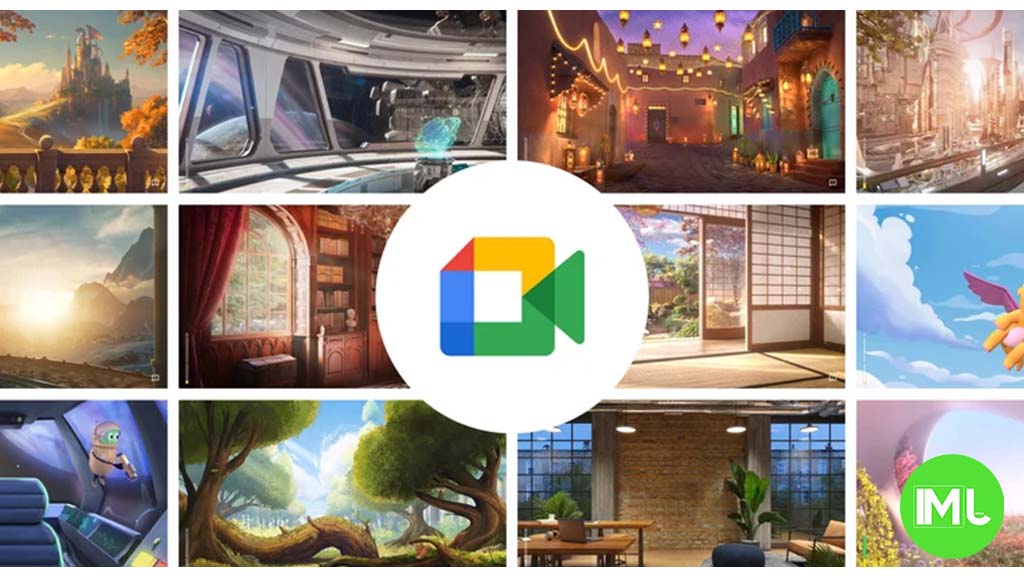
Google Meet is getting a big update to its look, thanks to the new Material 3 design. This change brings a cleaner and more modern style to the video calling app, making it easier and more enjoyable to use.
With Material 3, Google Meet now has rounder buttons, softer colors, and better spacing between elements. The main controls, like the microphone, camera, and end call buttons, are now larger and easier to tap. The icons and text are also clearer, which helps users find what they need quickly during a call.
Another improvement is the new “expressive” color system. This feature lets the app’s colors match your device’s wallpaper or theme, giving each user a unique and personalized experience. The changes also make Google Meet more accessible, as the new design is easier to read and use for everyone, including people with vision difficulties.
These updates are rolling out to both web and mobile versions of Google Meet. Google says the new look will help people feel more comfortable and focused during their meetings. Overall, the Material 3 update makes Google Meet not only look better but also work better for all its users.
Android
Easy ways to change Android Auto’s look with light and dark themes
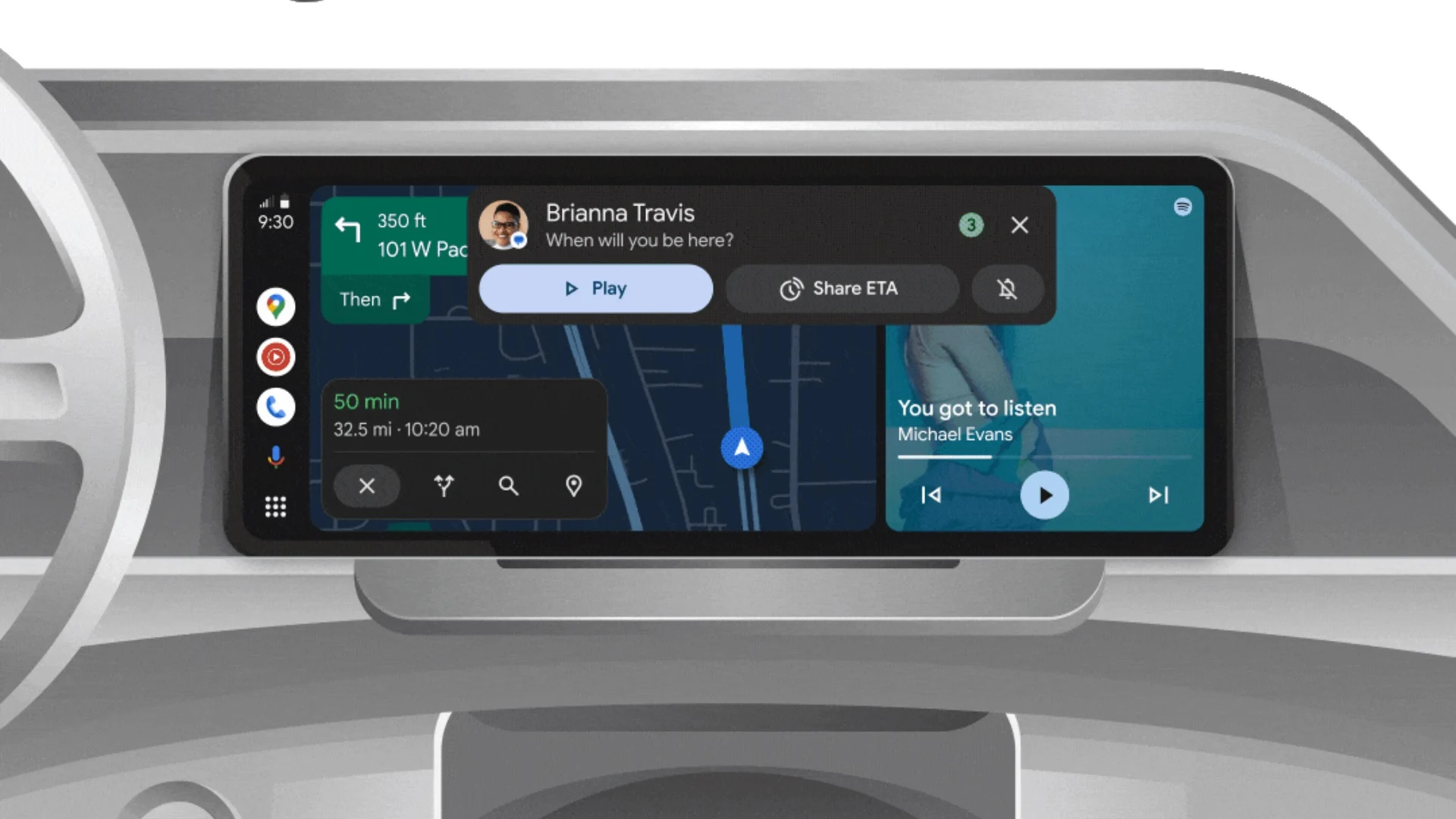
Android Auto is a helpful tool that lets you use your phone’s apps safely while driving. It connects your phone to your car’s screen, making it easier to use maps, music, and calls. One of the features many people like is the ability to change how Android Auto looks by switching between light and dark themes.
How to switch between light and dark themes
Android Auto offers two main themes: light and dark. The light theme uses brighter colors, which can make the screen easier to see during the day. The dark theme uses darker colors, which can be more comfortable for your eyes at night or in low light.
To change the theme, follow these steps:
- Open the Android Auto app on your phone.
- Go to the settings menu.
- Find the “Theme” option.
- Choose between “Light,” “Dark,” or “Set by car” (this lets your car decide the theme based on the time of day or your car’s settings).
Why themes matter
Using the right theme can make driving safer and more comfortable. The light theme is good for bright days, while the dark theme helps reduce glare at night. Having these options means you can pick what works best for you, making Android Auto easier to use in any condition.
In short, Android Auto’s theme options are simple to use and help you drive more safely by making the screen easy to see, no matter the time of day.
Google Drive and Files by Google get fresh updates for easier use
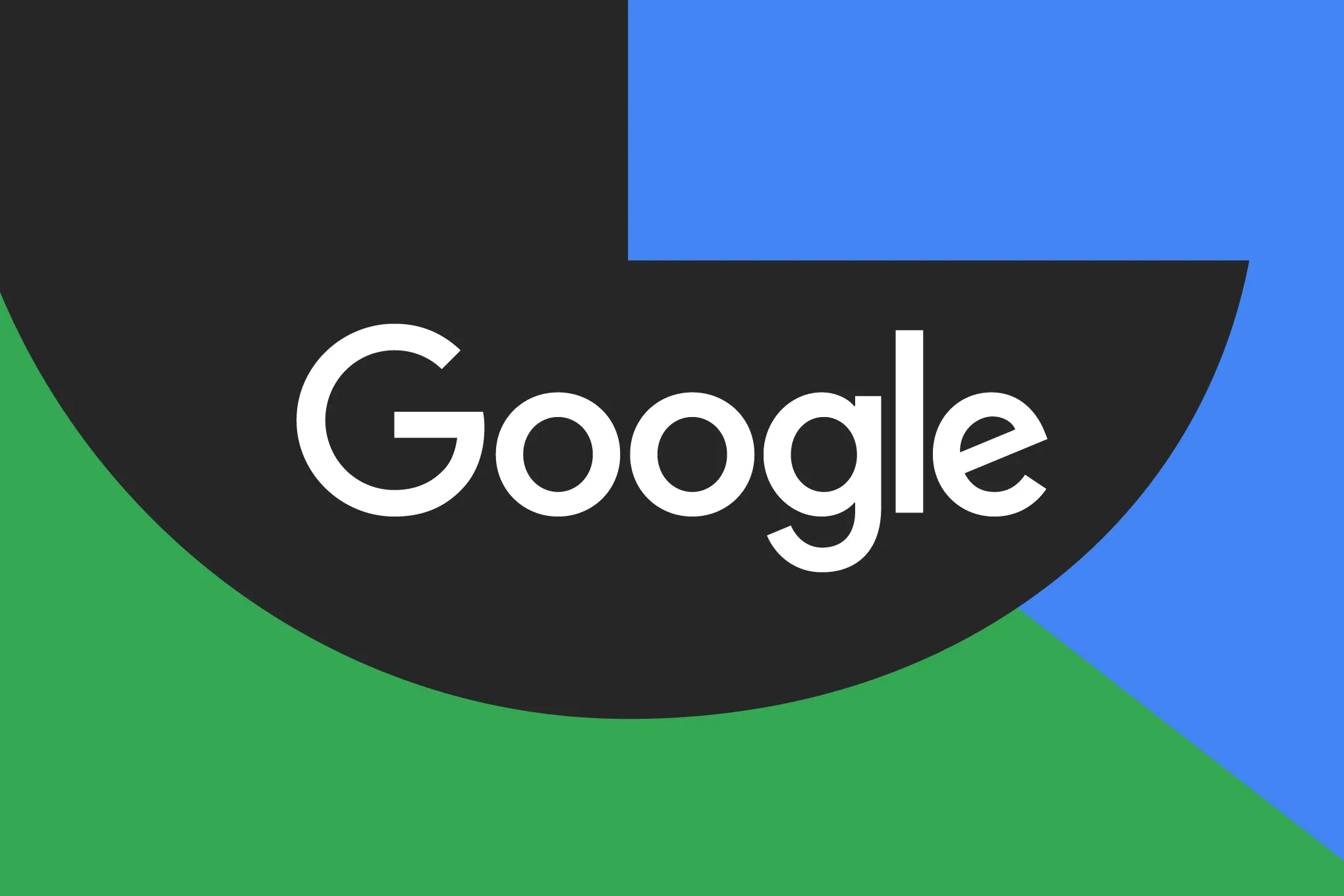
Google is rolling out some helpful updates to two of its popular apps: Google Drive and Files by Google. These changes are designed to make managing your files and watching videos much smoother.
First, Google Drive is getting a new video player. Now, when you upload a video to Drive and open it, you’ll notice a fresh look that matches Google’s latest design style. The controls, like play and pause, are easier to use and look cleaner. This update makes it simpler to watch videos directly in Drive without needing to download them first.
Meanwhile, the Files by Google app is also getting a makeover. The app is adopting Google’s Material 3 design, which means it looks brighter and more modern. The buttons and menus are easier to see and use, making it simpler to find, move, and organize your files. There are also new color options and improved icons, so everything feels more user-friendly.
Both updates show Google’s commitment to making its apps more helpful and enjoyable to use. Whether you’re watching videos in Drive or sorting files on your phone, these changes aim to save you time and make things less complicated. If you use these apps, keep an eye out for these new features—they should arrive soon!
-
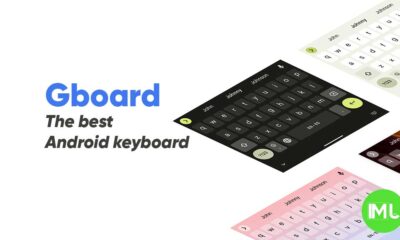
 Apps1 year ago
Apps1 year agoGboard Proofread feature will support selected text
-

 News1 year ago
News1 year agoSamsung USA crafting One UI 6.1.1
-

 Apps12 months ago
Apps12 months agoGoogle Contacts app testing new Besties Widget
-
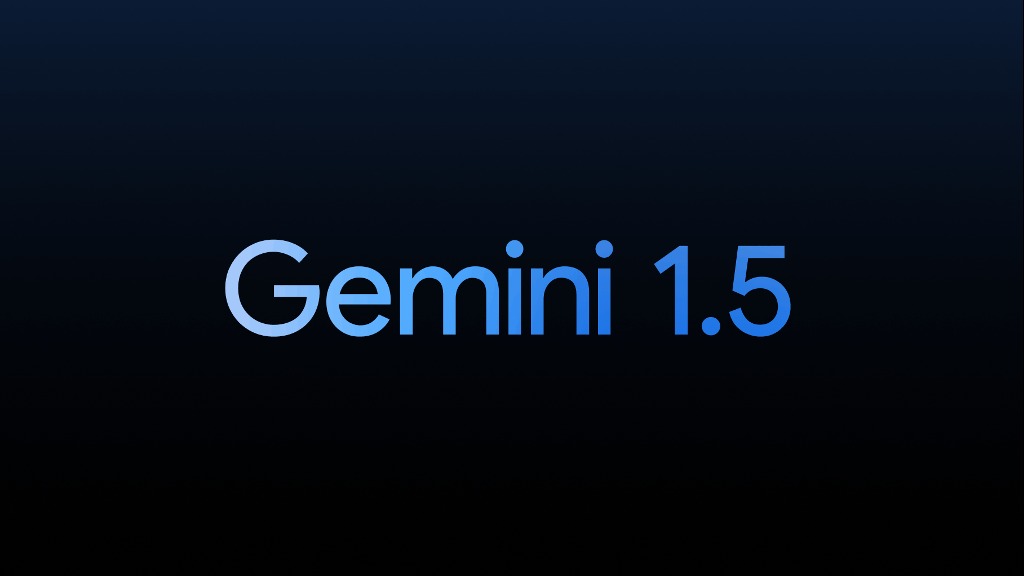
 AI12 months ago
AI12 months agoGoogle Pixel 9 Pro may come with a complimentary one-year Gemini Advanced subscription
-

 News1 year ago
News1 year agoBreaking: Samsung Galaxy S22 may get Galaxy AI features
-
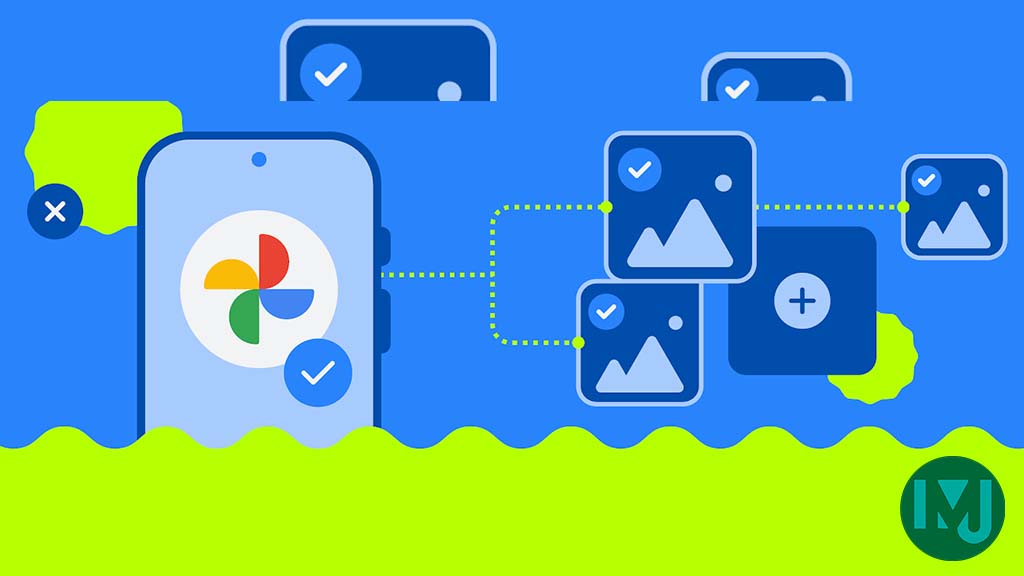
 Apps12 months ago
Apps12 months agoGoogle working on a new video editing feature for its Photo app
-
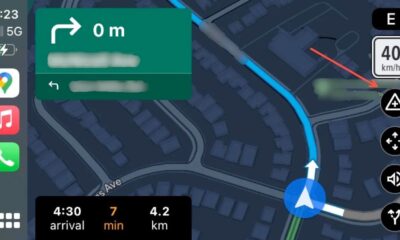
 Apps12 months ago
Apps12 months agoGoogle Maps lets you report traffic jams and accidents on Apple CarPlay, but not on Android Auto
-

 Apps12 months ago
Apps12 months agoGoogle Messages app will transform MMS chats into RCS

